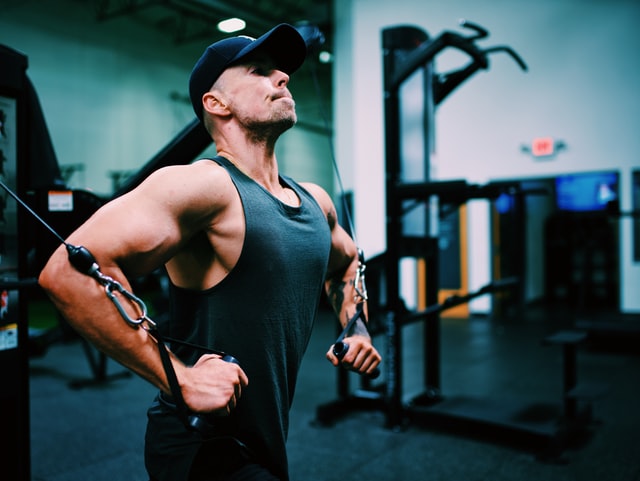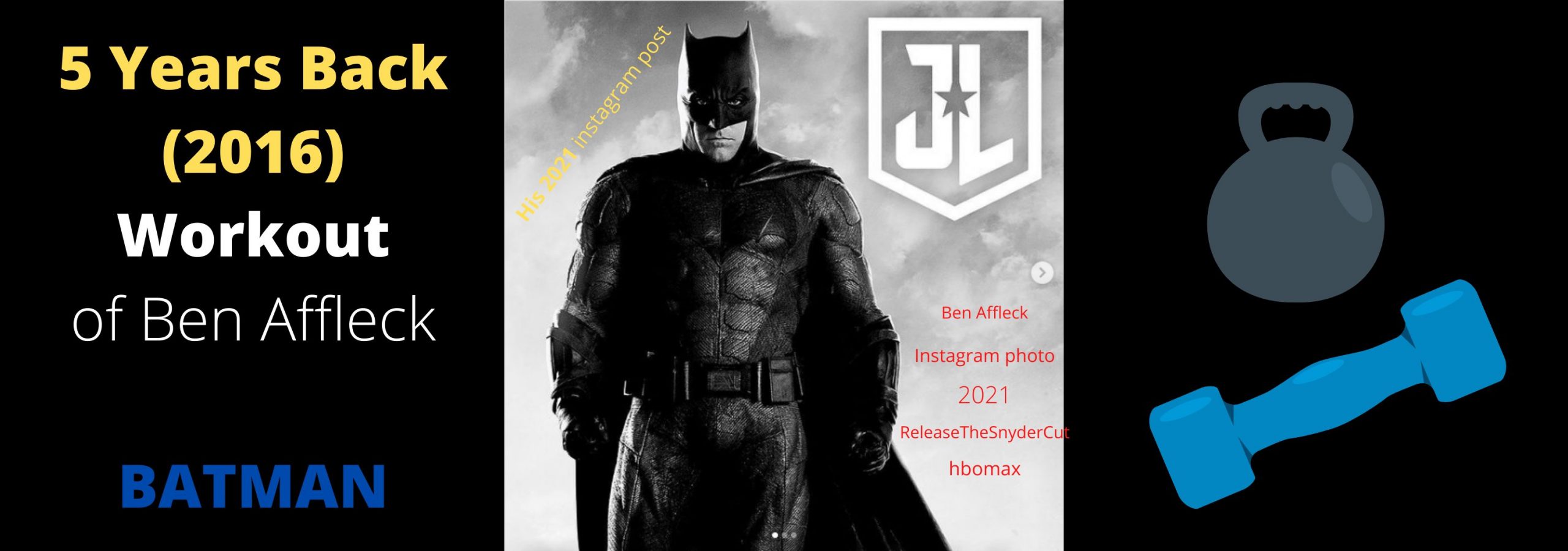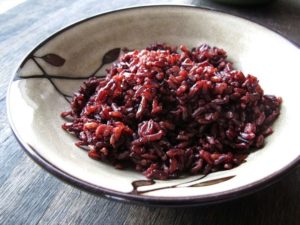
Individuals have lounged in hot saunas for diversion and relaxation for a massive number of years. Presently, a study conducted a year ago in Mayo Clinic Proceedings shows that sauna bathing is something other than a decent method to chill while you sweat.
Most of the sauna benefits involve good health benefits that you get from working out.
The researchers believe a sauna fools your body into reacting a similar way it does when you’re exercising, possibly prompting an entire course of physiological changes that can help shield your body from many diseases.
This is what’s going on: When you’re in the sauna—which is commonly a little wooden room on high temperature by a pit of hot rocks—your body reacts much as it would if you were climbing.
Your pulse rises to 150 BMP as if you’re working out; your temperature rises; you become sweaty, and your body siphons out hormones like noradrenaline and development hormone.
Many people go through five to 20 minutes lounging in the warmth; however, experienced bathers can hang out there somewhat longer.
Health Advantages of Sauna Bathing:
According to a study, the people who went to the sauna more often had a lower risk of heart diseases. The individuals who went to the sauna four times per week had a 66% less chance for dementia. Furthermore, regularly visiting the sauna also helped lessen inflammation and arthritis pain.
If you workout, then there are more benefits of sauna bathing for you.
The researchers presume that the blend of good wellness levels from exercise to visiting sauna bathing frequently and gives extra cardiovascular security.
Sauna Bathing Improves Your Performance:
Alongside the health advantages of saunas, there are likewise some performance improvements to take notice of. In one research, when a little gathering of very well-trained runners sat in a sauna for half an hour after training four times each week, their performance improved in a race to fatigue test by 32% and diminished their 5K time almost 2% after only three weeks.
You can receive the rewards of saunas whenever. However, while a few people like to pre-game their exercise by warming-up in a sauna—which assists you to relax a bit, yet you shouldn’t completely replace your daily warm-up by utilizing the sauna after your workout when you’re still somewhat dried out, might be better.
Stacy Sims, a Ph.D. exercise psychologist, says that you have a lower blood volume when you’re dehydrated. At the point when you venture into the sauna, your body reacts to the hot temperature by sending blood to your skin, so you can sweat and abstain from overheating.
Since you have a limited amount of blood to move around, you have diminished blood and oxygen flow to your organs, so your kidneys invigorate EPO’s creation (indeed, the performance improving stuff) and plasma volume, which supports your blood volume and resulting execution.
Furthermore, bouncing in the sauna post-exercise is an athlete’s clear-cut advantage for contending in the warmth or at elevation, says Sims.
It reboots your thermoregulation edges, so hot temperature feels less severe and improves your performance at high-elevation functions, where the mountain air is very dried out.
“Sauna is pretty much like hard workouts; you have to utilize it sensibly,” says Sims. The sessions usually last for 30 minutes, and during that time, the temperature doesn’t go above 165 degrees, but you should stay in for as long as you feel relaxed. Don’t exhaust yourself.
Sauna Bathing Boosts Your Exercises:

Keen on trying it out? Here’s a way you can pick up these sauna benefits.
Go to the sauna for seven days straight for ideal outcomes. At the start, you might only be able to endure 5 to 10 minutes, however by the 7th day, you’ll be able to tolerate 25 to 30 minutes, Sims says.
Ladies may react best to heat prime when adjusting to the sauna since their hormonal cycles give them distinctive thermoregulatory edges.
So they might need to attempt to go into the sauna for 5 to 10 minutes, then maybe take a break for five minutes, and then go back in for the remainder of the session, up to 30-minute.
Since your resting pulse will be high during the sauna session, around 140 bpm—attempt to keep your exercises lighter that week, plan for a more significant recuperation or perseverance week to forestall overtraining, Sims says.
Go for the sauna precisely 30 minutes after finishing an exercise. Make sure to not drink during these 30 minutes—your protein recuperation drink is alright, yet no other liquid, because some dryness is vital to the transformations of this method, Sims says. Instead, you can pour some water over your neck to cool down.
After you’re done in the sauna, gradually re-hydrate for a few hours. Drinking liquid in huge sums after a sauna session will counteract the heated stress reaction to the kidneys, Sims says.
In case you’re showering a short time later, make it a warm one, or wait for 10 minutes at least if you need a colder one—unexpected, emotional changes in temperature can make you dizzy.










